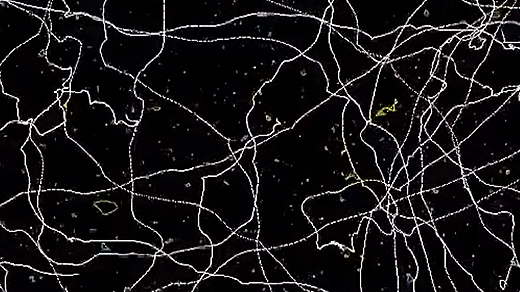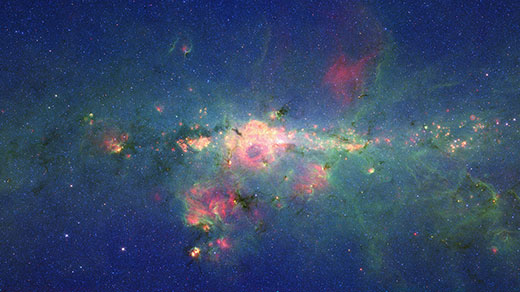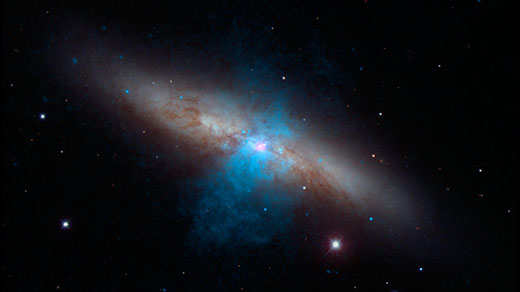What's up in
Pulsars
Latest Articles
Physicists Spot Quantum Tornadoes Twirling in a ‘Supersolid’
New observations of microscopic vortices confirm the existence of a paradoxical phase of matter that may also arise inside neutron stars.
Some Physicists See Signs of Cosmic Strings From the Big Bang
Subtle aberrations in the clockwork blinking of stars could become “the result of the century.” That’s if the distortions are produced by a network of giant filaments left over from the birth of the universe.
The Most-Magnetic Objects in the Universe Attract New Controversy
How do magnetars get so magnetic? A study of stellar explosions shows that the long-accepted theory might be wrong.
Dark Matter Gets a Reprieve in New Analysis
A strange glow coming from the Milky Way’s center was thought to be due to ordinary pulsars. But a new look at a years-old study shows that dark matter might still be responsible.
Troubled Times for Alternatives to Einstein’s Theory of Gravity
New observations of extreme astrophysical systems have “brutally and pitilessly murdered” attempts to replace Einstein’s general theory of relativity.
Astronomers Trace Radio Burst to Extreme Cosmic Neighborhood
A mysterious object that repeatedly bursts with ultra-powerful radio waves must live in an extreme environment — something like the one around a supermassive black hole.
Galactic Glow, Thought to Be Dark Matter, Now Hints at Hidden Pulsars
A number of high-energy anomalies raised hopes that astrophysicists had seen their first direct glimpses of dark matter. New studies suggest a different source may be responsible.






